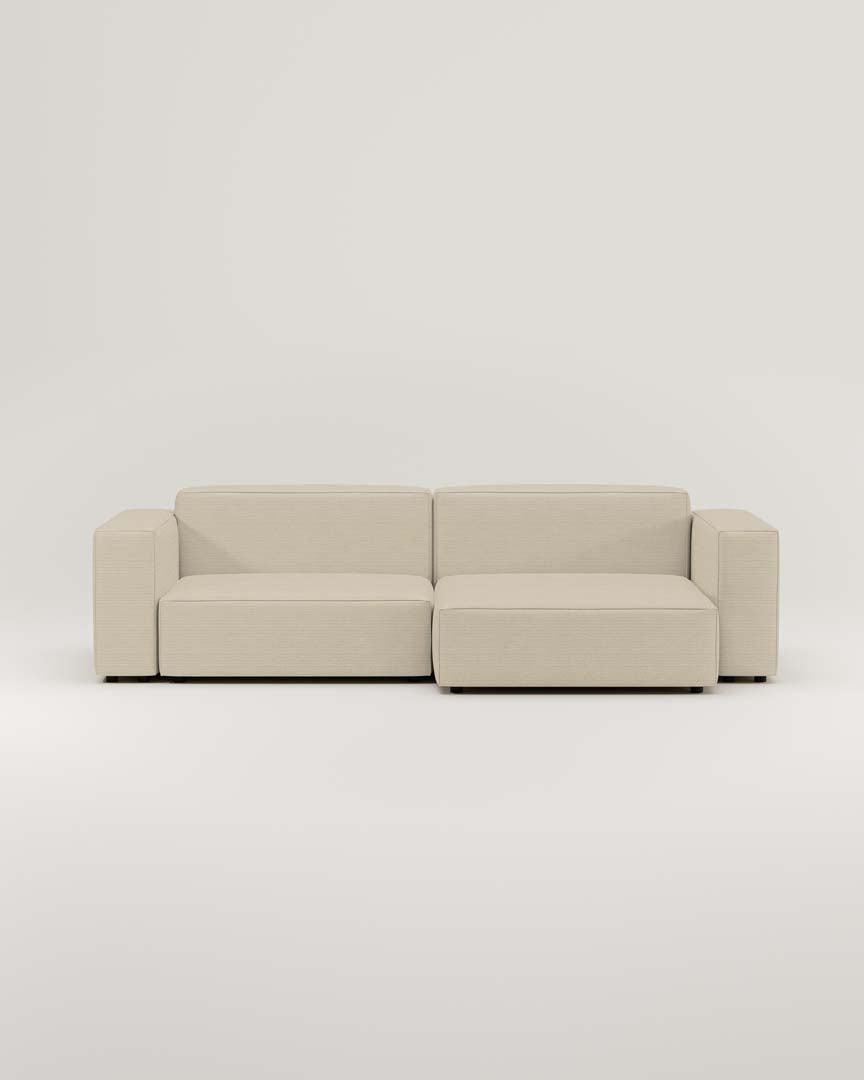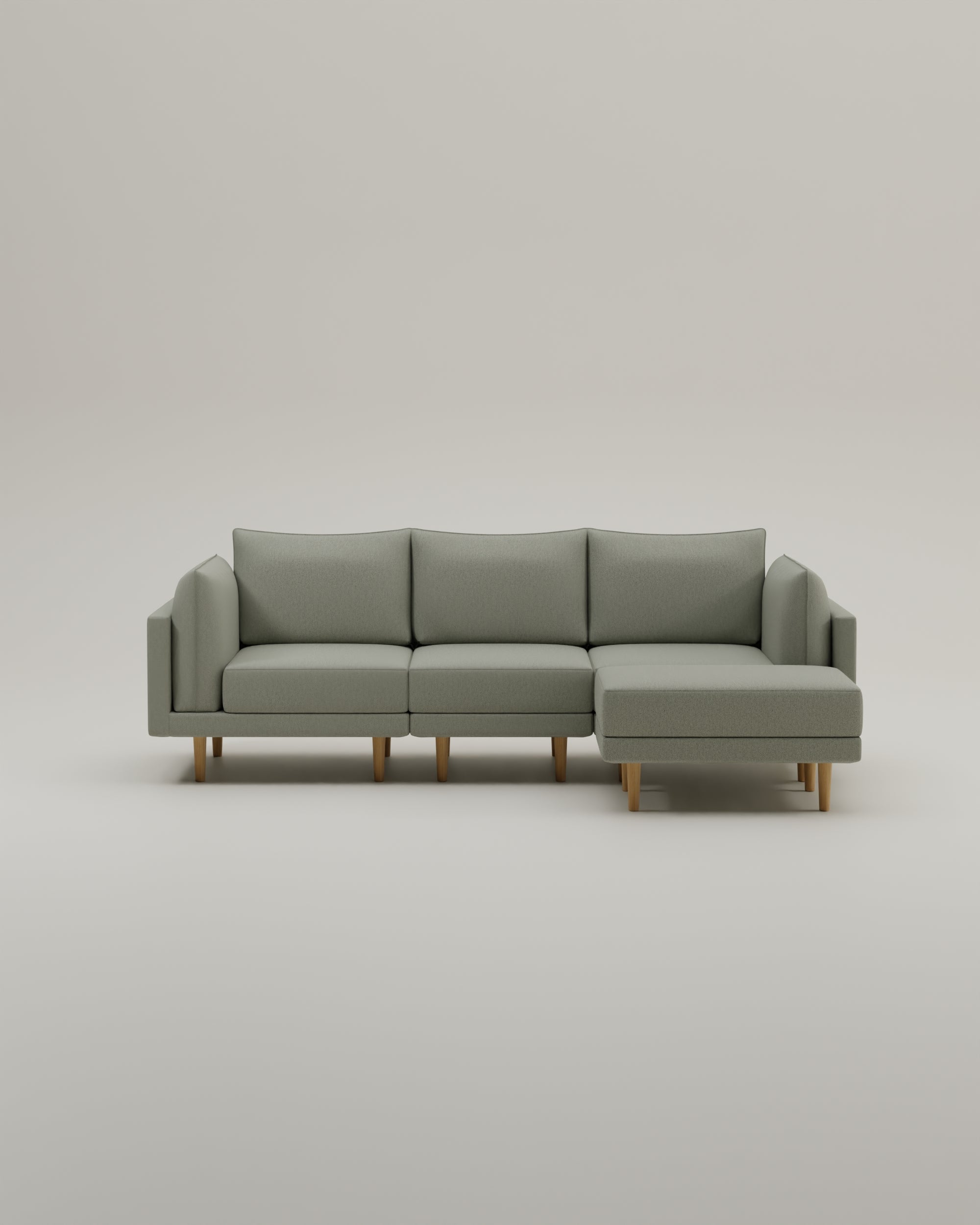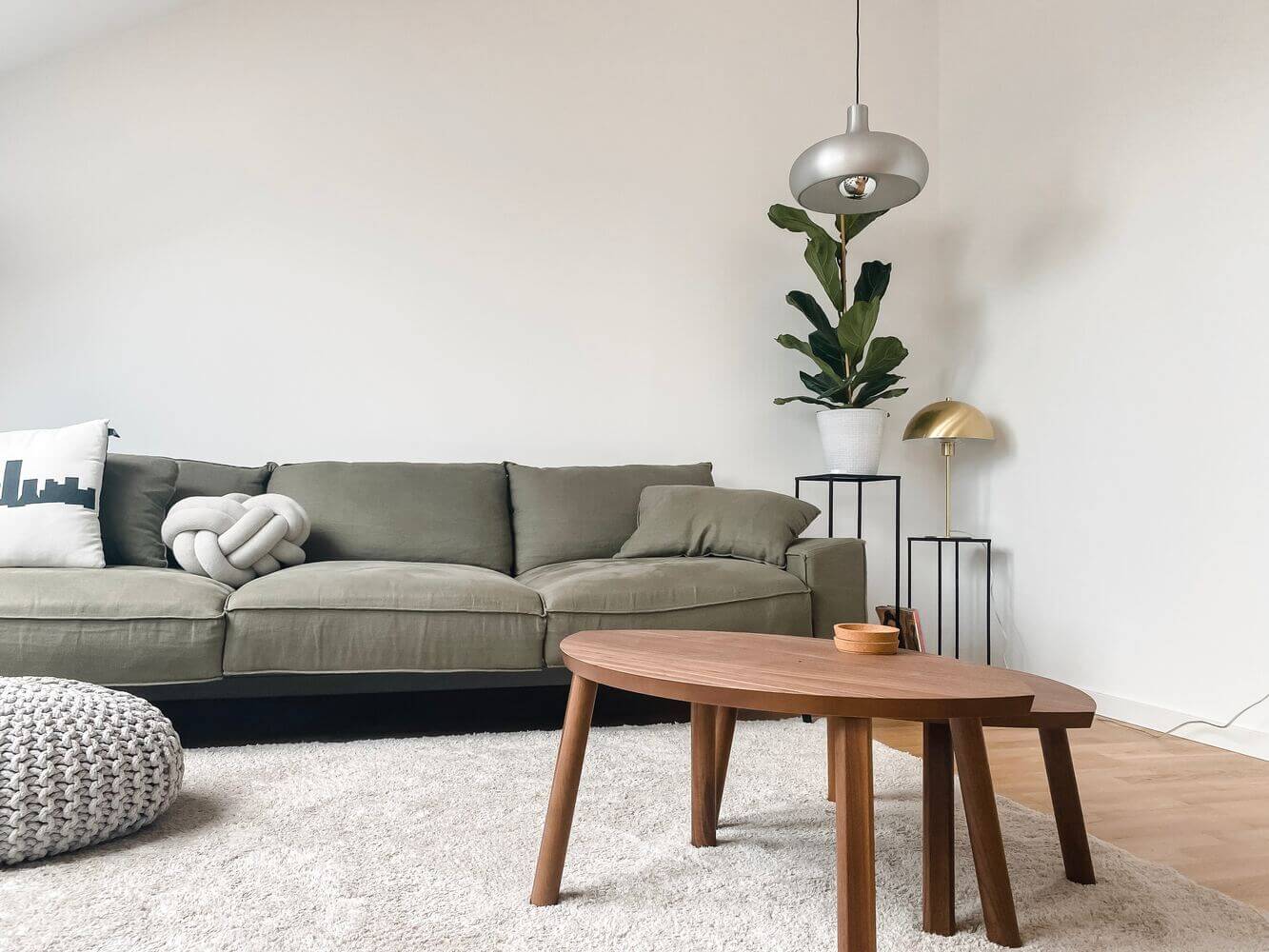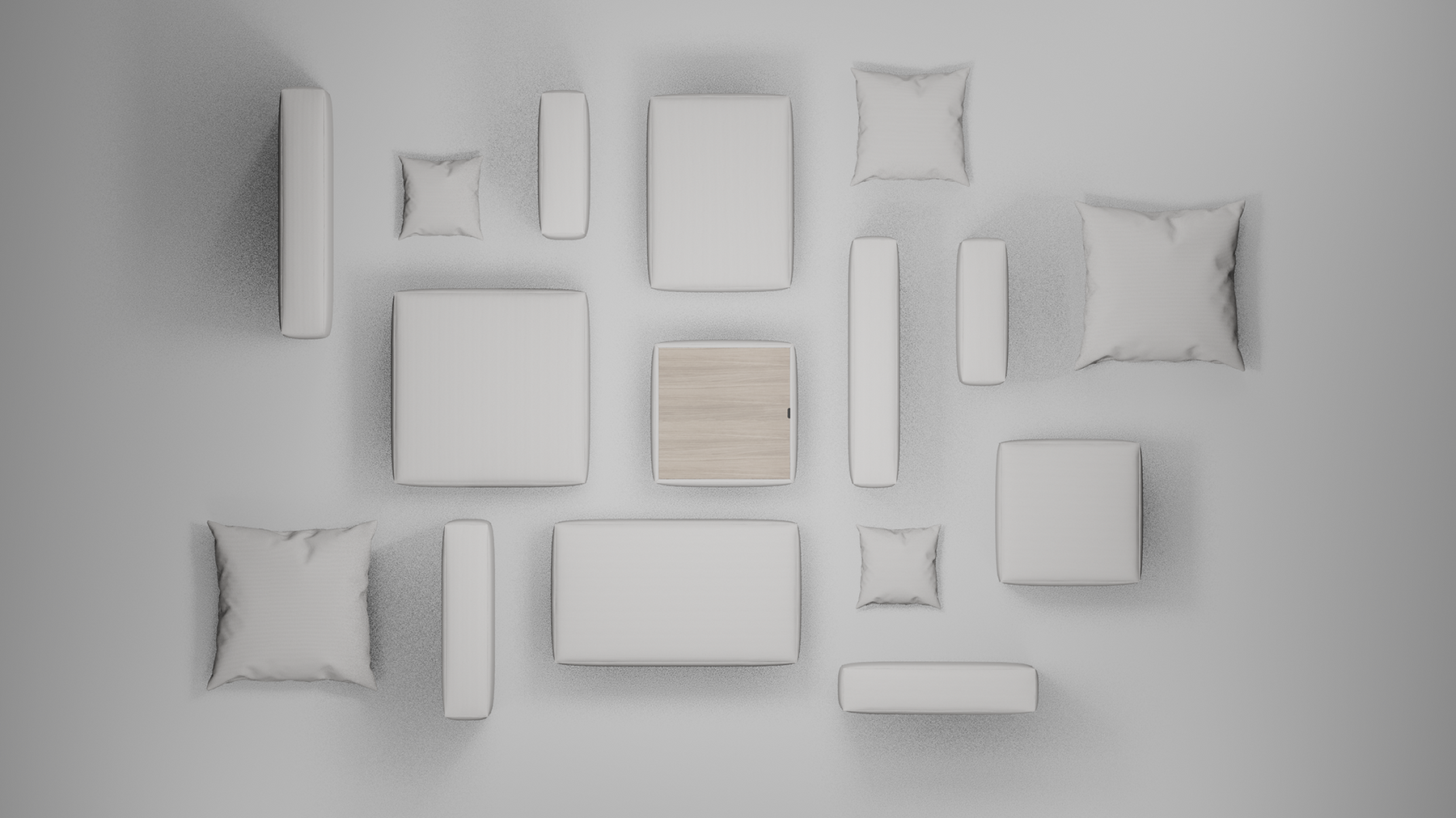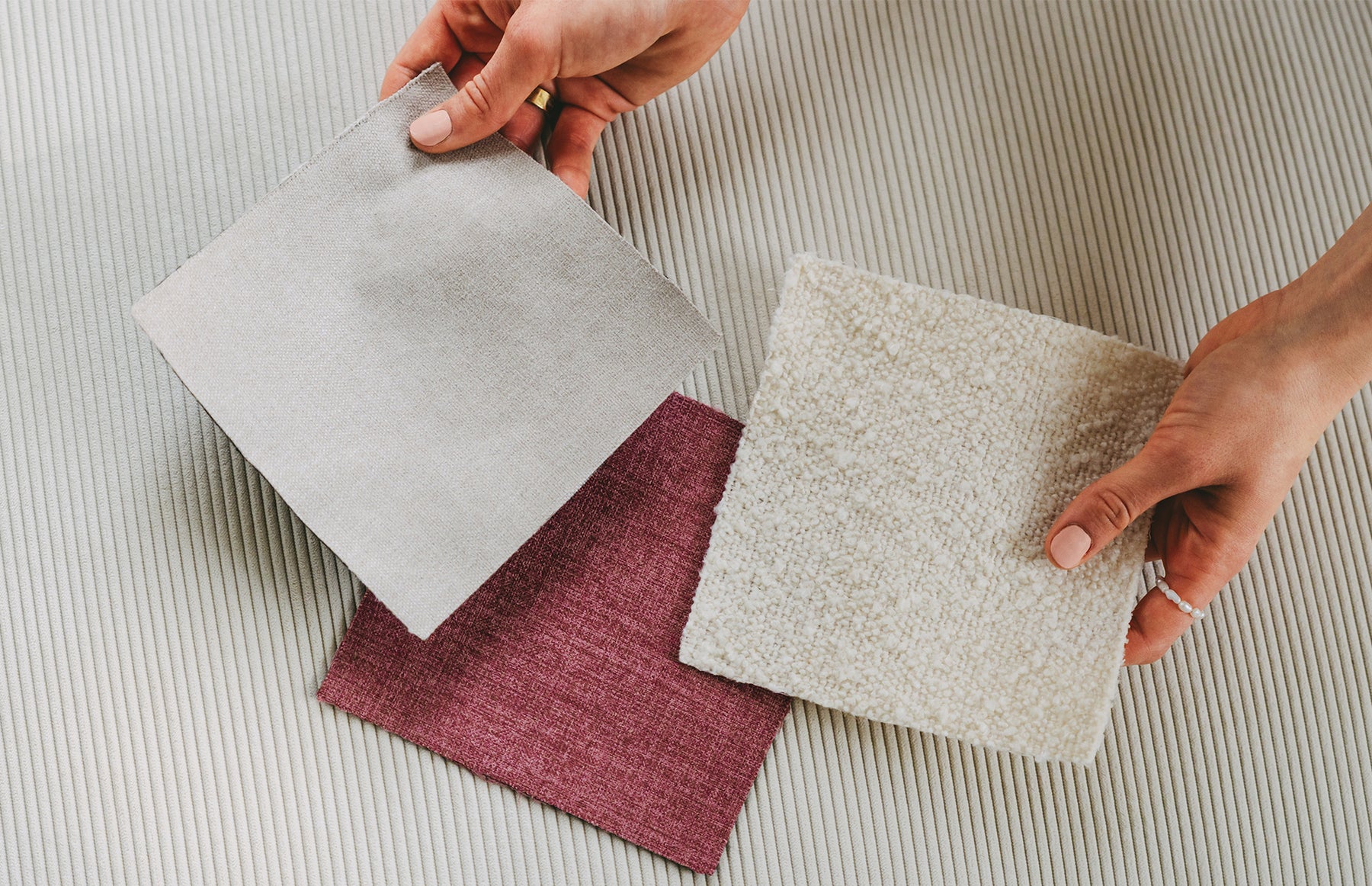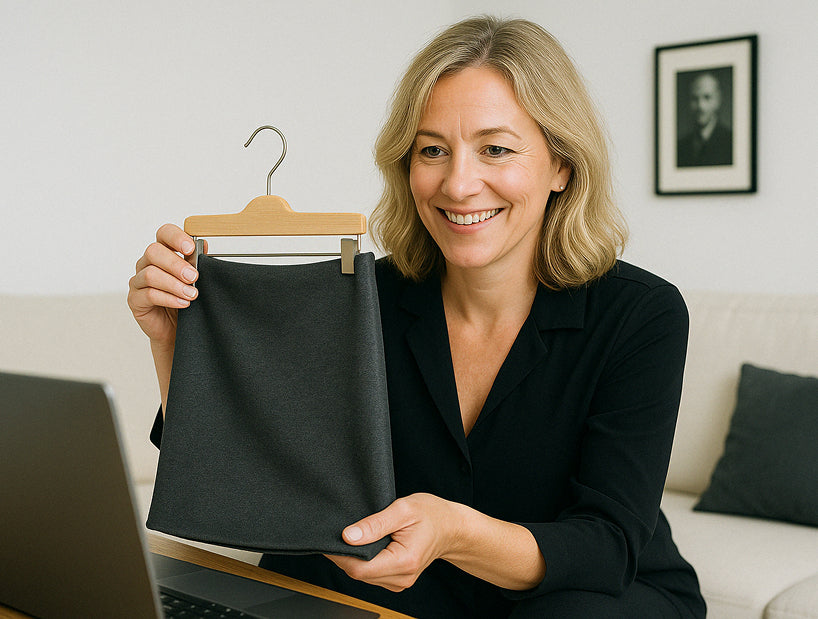Have you ever wondered if there is a way to make your old sofa look like new again? The good news is that there is actually a solution - the new padding of your sofa. In this article you will find out why the new padding can be a great option, how to select the right material for padding, get a step-by-step instruction for padding and learn how to avoid frequent errors. We also give you tips on maintaining and maintaining your newly padded couch so that you can enjoy it for a long time.
Why should you cushion your sofa?
There are many reasons why it can make sense to upset your sofa. One of the main advantages is the cost savings compared to the purchase of a new sofa. Imagine how much money you could save if you could bring your old sofa back into a state that corresponds to that of a new piece of furniture.
Another advantage is the possibility of adapting the appearance and comfort of your sofas. By the cover Selected, you can give your living space a personal touch and make sure that your sofa meets your individual needs.
For example, you can choose a luxurious velvet pad to give your living room a touch of elegance. Or you can for a hard -wearing and easy to clean Upholstery material decide if you Children or Pets have. The possibilities are endless!
In addition to adapting the appearance, you can also improve the comfort of your sofa. If you find that your current sofa no longer offers the desired seating comfort, you can adapt the padding through the new padding. You can choose a softer or firmer padding, depending on your preferences.
Another reason, new to cushion your sofa, is sustainability. By re -using and upgrading your old sofa, you contribute to reducing waste revenue and help the environment. The decision for the new pad instead of buying a new sofa is therefore not only economically sensible, but also ecologically responsible.
And not to forget that the new pad of your sofa can also be an exciting DIY project! If you like to work craftsmanship, you can accept the challenge and upholstery your sofa. There are many online tutorials and instructions that can help you. It is a great way to use your creative skills and create a unique piece of furniture.
There are also some providers where you Replacement covers Or can reorder individual elements for your sofa. This has the advantage that you don't have to buy a new sofa or the entire sofa has to cushion.
Selection of the right material for upholstery
The selection of the right material is crucial to ensure that your newly padded sofa has the desired look and durability. There are Different types of upholstery materials, including foam, down and polyester fibers.
Before you choose a material, you should consider how your sofa is used and what comfort you want. Do you want a solid seat or rather a soft, cozy couch? Also think about whether you prefer materials that are easy to clean or whether the look is more important to you.
If you prefer a firm seat, foam is a good choice. Foam pads offer stable support and retain their shape even after long use. There are different types of foam, including high -density and medium -density variants. High -tight foam is particularly durable and offers a solid seat, while medium -damped foam is a bit softer and better adapts to the body.
If you are for a soft cozy couch Decorative, downhill pads are a popular option. Down offer a luxurious softness and a pleasant seating. They adapt well to the body and offer excellent support. However, downhill pads need regular shake to maintain their shape and volume.
You can consider polyester fibers for an easy -care option. Polyester is hard -wearing, easy to clean and keeps its shape well. It is also a cheaper alternative to foam and down. However, polyester fibers may not offer the same softness and adaptability as foam or down.
When choosing the upholstery material, you should also take into account the look. Some materials have a smooth, even surface, while others have a structured or patterned surface. Think about the style you prefer and how well the material fits your interior.
Ultimately, the choice of the right upholstery material depends on your personal preference, the desired comfort and use of the sofa. Take the time to try different materials and make sure that you make the right decision to get a sofa that meets your needs.

Step-by-step instructions for the padding of a sofa
The new cushion of a sofa can be a challenge, but with a little patience and preparation it is quite feasible. Here is a step-by-step instructions that will help you:
Preparation of the sofa
First you should Clean your sofa thoroughly and free from any dirt or surface dust. Also remove everyone Pillow Or references to have better access to the upholstery.
Distance of the old upholstery
Remove the old padding carefully to avoid damage to the frame of the sofa. Use tools such as a tacker to solve the upholstery and make sure that you carefully remove any reference substances or nails.
Attach the new upholstery
After you have prepared the sofa, it is important The right upholstery to select. There are different types of upholstery materials, such as foam, spring core or down. Every material has its own advantages and disadvantages, so you should carefully weigh up, which is best suited for your sofa.
As soon as the old upholstery is removed, you can start attaching the new upholstery. Cut the padding in the right sizes and place them evenly on the sofa. Use a tacker to securely attach the padding.
As soon as the padding is attached, you can a new reference Cover to give your sofa a fresh look. Make sure that the cover fits well and is free of wrinkles so that your sofa looks like new.
If you cover the cover, you should make sure that you bring it evenly and tautly to achieve a professional result. Attach the cover to the sides and corners of the sofa to ensure that it sits safely and does not slip.
After you have attached the new upholstery and the cover, you can get your sofa back with the Pillow and complete the covers. Make sure that everything fits well and your sofa now looks like new.

Frequent mistakes in the upholstery and how to avoid them
With the new padding of a sofa, some errors can occur that can affect the end result. A frequent error is the wrong selection of materials. Take enough time to select the right material for your sofa and let you advise you best from a specialist.
Another error is improper upholstery technology. Make sure you attach the padding correctly and that there are no unnecessary folds or bumps. If necessary, practice a small piece before you cushion the entire sofa.
The upholstery of a sofa not only requires manual skills, but also a certain degree of creative design. Choose not only the right material, but also a suitable one Color And pattern to give your sofa an individual and appealing look.
Another more common mistake in the upholstery is not to use enough upholstery material. Make sure you use sufficient upholstery material to ensure a comfortable and comfortable sitting feeling. It is better to use a little more material than too little to achieve an optimal result.
With the upholstery of a sofa, it is important to use the right tools and materials. Use high -quality upholstery tools to achieve a professional result. Also pay attention to the quality of the upholstery material to ensure long durability and durability.
Another mistake that is often made in the upholstery is a careful preparation. Before you start with the cushion, you should Clean the sofa thoroughly and repair any damage. Remove old upholstery materials and check the condition of the wooden frame.
Care and maintenance of your newly padded sofas
To ensure that your newly padded sofa looks like new regular care and maintenance necessary. Here are some tips on how to keep your sofa in the best condition:
It is important to clean your sofa regularly to dirty and Dust to remove. Depending on the type of upholstery material, different cleaning methods may be required. Find out about the best methods for cleaning your special material and do not use aggressive cleaning agents. Pay attention to it stains sofort To treat to avoid permanent damage.
Also do not keep hot objects on your sofa, as this could lead to damage. Avoid spilling liquids, especially strongly coloring substances to avoid stains. If a spot is created, you should sofort Act and carefully remove it with a mild cleaning agent.
In order to extend the lifespan of the upholstery of your sofa, it is advisable to turn or turn the sofa regularly to ensure even wear. Avoid direct sunlight, as this can lead to fading in the material. If possible, you should place the sofa in a place where it is protected from direct sunlight.
If you Pets Hat, it is a good idea to place a protective ceiling on the sofa to avoid damage or pollution. Pets can damage the upholstery material with their claws or leave hair and dirt. A protective ceiling can effectively solve this problem and extend the lifespan of your sofa. In addition, a sofa with changeable references is suitable for pets. These have the advantage that you can put them in the washing machine if you are dirty. If your pet damage the cover with the claws, it can be replaced at any time.
With these tips, you should be well equipped to upset your sofa and to give a new look. Be patient and take your time to achieve a result that you are satisfied with. With the right material and the right technology, you can make your sofa look like new again and enjoy it for a long time!
Remember that the regular care and maintenance of your sofas is decisive to maintain its beauty and functionality. Invest time and effort in the care, and you will be rewarded with a sofa that will give you joy for many years.
It is also important to take care of the padding regularly. Check the seams and upholstery buttons to ensure that they are firm and intact. If you find damage, you should have them repaired as soon as possible to avoid major damage.
In addition to cleaning and maintenance, it is also advisable to ventilate your sofa regularly to avoid smells. Leave fresh air into the room and open the windows to ensure good air circulation. This helps to eliminate unpleasant smells and keep your sofa fresh and clean.
Another important aspect of maintaining and maintaining your sofas is the regular review of the upholstery for signs of wear. If you find out that the padding is worn out at certain points or loses its shape, you should possibly have it upholstery. This can significantly extend the lifespan of your sofas and ensure that it always stays comfortable and cozy.
Remember that the care and maintenance of your sofas not only receives its aesthetic beauty, but also contributes to preserving its structural integrity. By regularly paying attention to your sofa and taking the necessary measures, you can make sure that it serves you well for many years.
